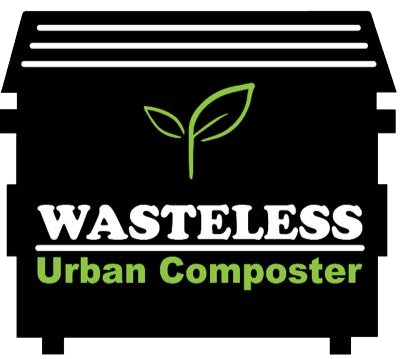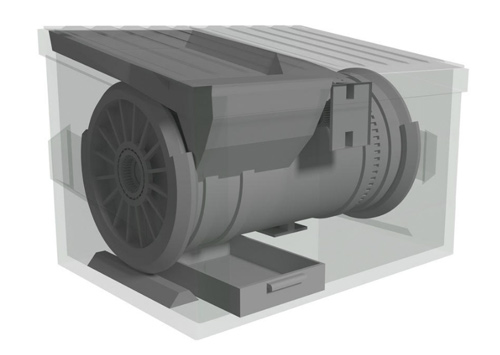
An Innovative Solution for Food Waste in Urban Restaurants
On the heels of International Compost Awareness Week, students at the Engineering and Science University Magnet School (ESUMS) in Wallingford, CT, presented their in-vessel composter at the 15th annual Connecticut Expo Fest May 19–20. Built in the shape and form factor of a dumpster to facilitate food waste disposal for urban restaurants, the Wasteless Composter took first place in the New Media category and went on to win the international Paradigm Challenge!
When researching potential innovative designs for the competition, students in the technology program discovered that some cities are passing legislation requiring certain restaurants, hotels and universities to separate food waste into a separate bin for pickup. According to the NYC Department of Sanitation, approximately one-third of the waste that businesses in the city generate is organic, including food waste, food-soiled paper and yard waste. If taken to a landfill, this organic matter is unable to biodegrade and releases methane, a greenhouse gas which harms the atmosphere if not converted into energy.


New York, Seattle and other big cities have programs to compost this waste, but the problem is, additional pickup and transportation of food waste to composting facilities adds to our carbon footprint in the form of increased emissions. Not to mention the logistical challenge of waste collection in those congested cities. Furthermore, the temporary storage of food waste adds to the rodent and insect problems that many restaurants already face.
A team of 28 students in the ESUMS technology program and their esteemed adviser, Leon Tynes, took on this challenge, housing a composter in an inconspicuous reclaimed/refurbished dumpster that would provide soil to farm-to-table restaurants and community gardens without increasing emissions.
Using Blender, the students 3D modeled the parts of the composter and developed a schematic for the electrical design, building a small working prototype of the circuitry. To show the app development side of the composter while keeping it disguised as a dumpster and therefore less likely to be tampered with, the team designed an application in MIT App Inventor to emulate the functionality of the application with the hardware SparkFun donated for the actual device. The biggest obstacle was to connect the Arduino Unos via Bluetooth to the MIT App Inventor interface and mobile tablet (watch this video to learn more about the app). After many attempts with three different Bluetooth adapters, they finally got the JY-MCU unit to connect with the tablet and the MIT program. Once that was complete, they had just 24 hours to program the LEDs for the different functions such as Start and Stop, and were able to interface the temperature and humidity sensors with the application.







